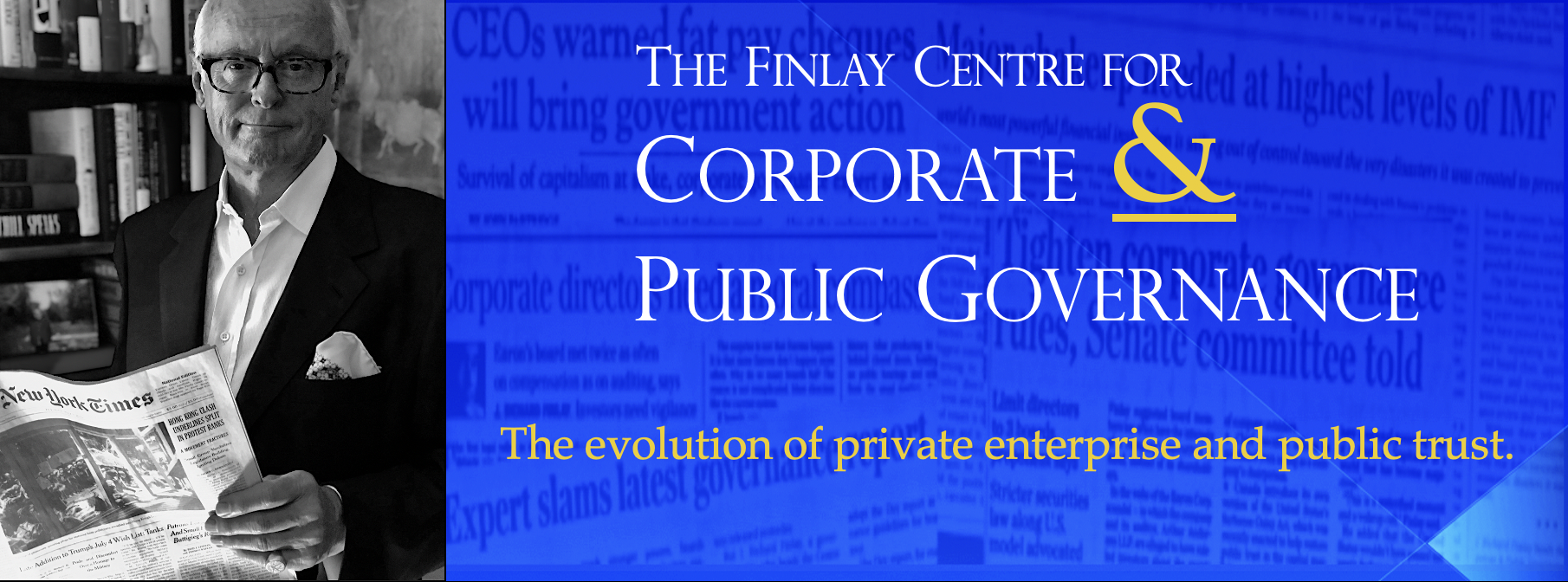The funny thing about prescience, Mr. Secretary, is that it should occasionally bear some relationship to the future, or even just next week.
Treasury Secretary Henry M. Paulson Jr’s announcement today of yet another rejiggered financial recovery plan contained enough reversals in direction to make an Olympic swimmer dizzy. But it was his Carnac statement that really got our attention. He actually claimed to be prescient. Here’s part of what he said at today’s press conference:
We were prescient enough, and Congress was, that we got a wide array of authorities and tools under this legislation.
Here is a man who came from the upper tiers of Wall Street who apparently had no idea of the problems building in the credit default market or in the mortgage-backed securities field. His first priority as Secretary was helping to blunt the effects of what he claimed to be too much regulation that made business less competitive. He got off that train in a hurry.
As the subprime disaster unfolded, he made a number of statements that indicated he did not fully grasp the enormity of what was happening. Only a few months ago, he asserted that the economy was strong and that the worst of the crisis was behind. After Bear Stearns collapsed, he said they had saved the financial system. He said the same thing after the AIG bailout. When he went before Congress, he presented a plan to buy up toxic assets which he said was absolutely critical to the survival of the credit market and to the well-being of Main Street. Approval was urgent. He seemed shocked that there had been such an over extension of leverage on Wall Street –the place where he had earned a fabulous living for decades.
In the weeks that followed, not a single mortgage-backed vehicle was bought in the famously vaguely crafted “reverse auction” process. Instead, and following the lead set by Great Britain and Europe, Mr. Paulson decided that banks needed capital investment. AIG got not one, but two more multi-billion dollar injections of cash, and the first deal was wiped out altogether. Meanwhile, stock markets continue their downward spiral, credit remains frozen for most consumers, and mortgages -which the original TARP fund was supposed to help- remain a major source of financial distress. Now, with the plan changed yet again under Mr. Paulson, not only is there no T(roubled) A(ssets) in the TARP, there is some question as to whether there is any (R)elief, or even a P(lan) at all. If this is the result of Mr. Paulson’s prescience, we all need a dose of the unseeing Mr. Magoo. Perhaps that’s what we really have, after all.
Looking at the debris that has followed the Treasury department everywhere it has gone in recent weeks, and the confusion that continues today, one gets the impression that Secretary Paulson might have trouble finding the door, much less divining the future.
When this bill of goods was first unveiled before the American public, we said it was unlikely to be successful because it was not targeting the right problem. We said it would be a boondoggle. Today, it was announced that the program would now turn its sights to the unease faced by the securitizers of credit cards and auto and student loans. Funny how they were never part of the original TARP. Still, it’s hard to be surprised. As we noted in September:
How the Bush bailout plan will be managed, what assets it will buy, how it will value and how long it will hold them are all undisclosed. It is hard not to be doubtful that the compromise proposal now being discussed will offer much more information. There is considerable dispute that the plan even addresses the fundamental problems in the banking sector…. There is no clear statement even as to the kind of weak assets the government proposes to buy, much less how they would be valued. I suspect it will soon work its way down to student loans, car loans and credit card debt.
The funny thing about prescience, Mr. Secretary, is that it should occasionally bear some relationship to the future, or even just next week.

